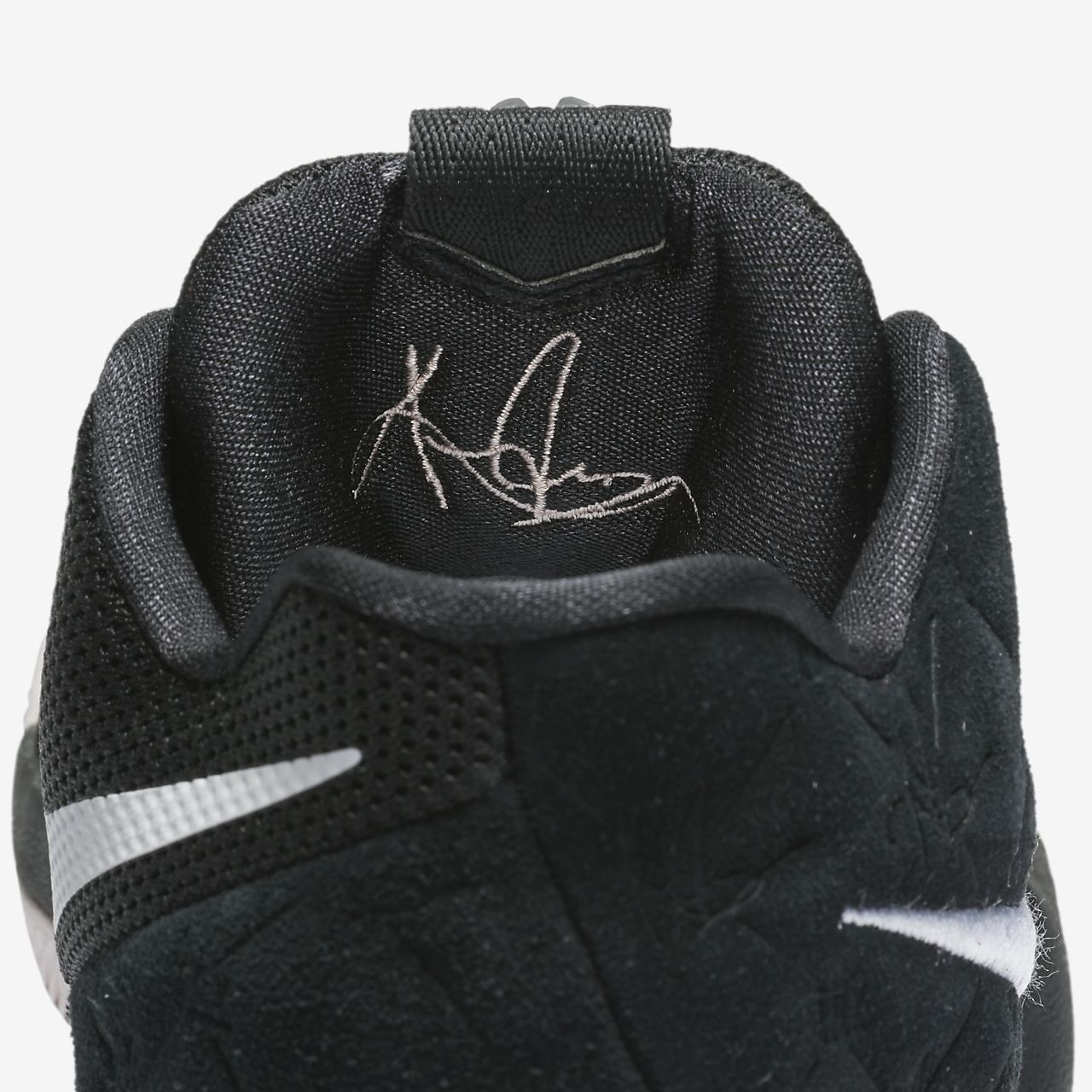Fast Break Pro Basketball Serial Port
- Fast Break In Basketball
- Fast Break College Basketball Full Download Free
- Fast Break Pro Basketball Serial Port 2
You'll want to print to mount everything to your Pi. Some of these are optional - for example, you don't have to mount the Pi to your printer (you can keep it separate). Anyways, I recommend printing all of these for a cleaner, more organized setup.
Locating a Serial Port (Client)¶ The client can use a built-in or USB-to-serial adapter port to connect. The important thing to know is the actual device name used by the port. On Windows, this is typically COM1 for built-in ports and USB-to-serial ports could be numbered pretty much anything.



Ender 3 camera mountThis component mounts your Raspberry Pi's camera to the Z-axis stepper motor. This will give you a nice view of your extruder and print.First, print. If you're using the Raspberry Pi camera v1, also print the included camera holder. If you're using the Pi camera v2, I recommend printing instead as it's much easier to work with. Ender 3 Raspberry Pi enclosureThis component mounts the Raspberry Pi itself to the Ender 3's extruded aluminum rails and can also be found.
There are two versions: one for the Raspberry Pi 3, and one for the Raspberry Pi 4. I'm using a Raspberry Pi 3 since the Pi 4 is a bit overkill for OctoPrint. But if you do decide to use a Raspberry Pi 4 for OctPrint, be sure to to the case since things can get a bit hot.
Buck converter enclosureIf you plan on powering your Pi directly from the Ender 3, be sure to print out the included as well.Later on, I'll show you how to connect your Pi to your Ender 3's power supply. Use an M3 x 20mm bolt and nut to connect the two pieces of the Pi mount. Then, to the camera, click the camera into place, and slide the camera cover back on.
Ender 3 Raspberry Pi camera cable lengthTo mount the camera, you'll need to use a Pi camera extension ribbon cable (linked ) as the cable that came with your camera isn't long enough. I’ve found the 610mm cable works perfectly.It's a tight fit.
Fast Break In Basketball
Be patient so that you don't break your camera.:) You might need to file some edges down. If your have no camera feed later, check and make sure the tiny connector that presses onto the camera itself hasn't come loose. I chose to mount my Pi in the opening in the empty cavity directly beneath the bed. To do this, use two M4 x 8mm bolts and two M4 aluminum channel 'T-nuts'.
I reused two extra T-nuts that came with the printer.Attach the bolts and nuts to the Pi case first (with the nuts facing up) and then slide the nut end of the bolts into the bottom piece of extruded aluminum. Finally, tighten the two screws from beneath.Route the camera cable under the bottom of your printer, between the printer and your table. The printer's rubber feet will allow it some freedom of movement. If you'd like, you can power your Raspberry Pi directly from your 3D printer's power supply! This can be done easily by tapping into the cable coming out of the back of the Ender 3 using a Y-splitter, then reducing the voltage to 5V with a buck converter. I wrote a separate guide to show you how to if you're interested.This step is optional: if you just want to plug your Pi into the wall, that's ok too.If you already completed that guide, now is a good time to mount your buck converter enclosure to the back of your Ender 3 using foam tape.
Fast Break College Basketball Full Download Free
For high speed data transmission you need to send binary data - but then your Python program must be able to interpret it (have a look at the unpack function).You have not said what Arduino board you are using and you have not posted your complete program so I have no idea what baud rate you are using.At 500,000 baud the max throughput would be about 50,000 bytes per second or 25,000 ints (analogRead returns an int).Of course if it is sufficient to collect a number of samples at high speed and then send the collected data at leisure things will be much simpler.R. I'm using an Arduino Uno, with the baud rate set at 115200 (I thought that was the max?), and there's really nothing else in my program since I'm just doing speed tests right now. I hoped to use the collect-then-send method, but I'm stuck on how to send a whole bunch of information at one time, in an efficient way (making it into a string seems so wasteful somehow )I'm a little bit familiar with SPI but only as a beginner. Is it possible to use it to communicate with python on my computer?To get analogRead at 62kHz, I followed some of the advice in this and tried timing it to see that it was sampling at that frequency, roughly.also, made an edit: in my code snippet, 'buff' should have read 'buffer'. Just a typo, sorry! Temporary break for some trivia.
Baud doesn't mean bits per second. During a serial data transmission. The number of characters (eg. Ascii symbols) being transmitted per second - where the transmitted 'character' amounts to its own usual character code word PLUS whatever extraneous bits needs to be tacked on to it for transmission (ie. Start and stop bits and parity bit etc).So.
Fast Break Pro Basketball Serial Port 2
If 115200 bits per second. And if 1 character for the transmission is made up of say 8 bits plus 1 start bit and 1 stop bit and no parity bit is used (which means 10 bits all up to send a packaged-up character), then 115200 bits per second would amount to 11520 baud, or 11520.transmitted characters. per second. Not that it matters too much here. But ok to know. And I know that some of you know this already.